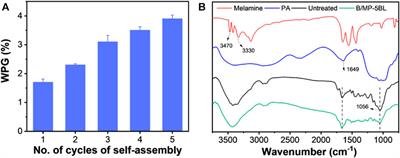EDITORIAL
Published on 18 Oct 2021
Editorial: Sustainable Flame Retardants and Polymeric Materials
doi 10.3389/fmats.2021.778652
- 1,943 views
- 1 citation
4,177
Total downloads
22k
Total views and downloads
You will be redirected to our submission process.
EDITORIAL
Published on 18 Oct 2021
ORIGINAL RESEARCH
Published on 26 Aug 2021
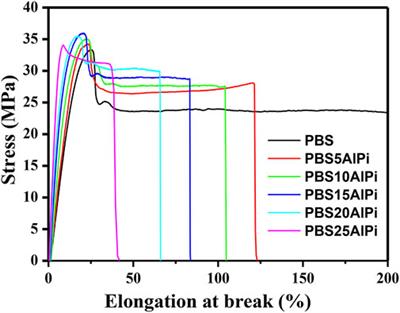
ORIGINAL RESEARCH
Published on 16 Aug 2021
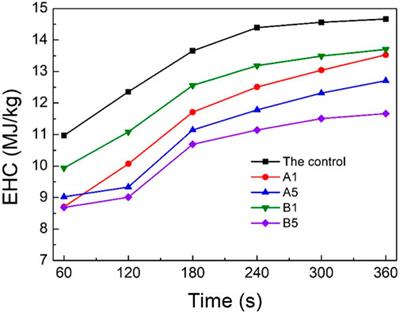
REVIEW
Published on 23 Jul 2021
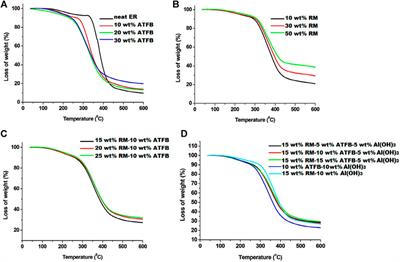
ORIGINAL RESEARCH
Published on 19 Jul 2021

ORIGINAL RESEARCH
Published on 21 Jun 2021
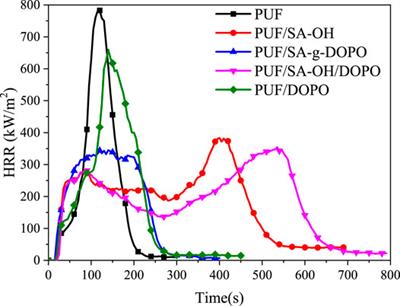
ORIGINAL RESEARCH
Published on 04 Jun 2021
